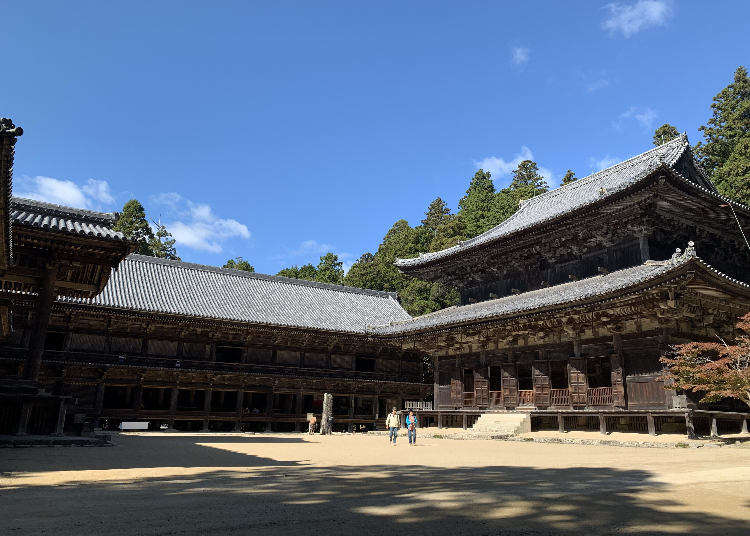
Engyo-ji is a large temple located in the west side of Himeji, Hyogo Prefecture. Engyo-ji Temple is also famous for being the filming location of the movie called "The Last Samurai," starring Tom Cruise and Ken Watanabe, as well as the setting of NHK Taiga Drama, "Gunshi Kanbei."
First up, The Ropeway: Enjoy 4 min of Walking on Air!
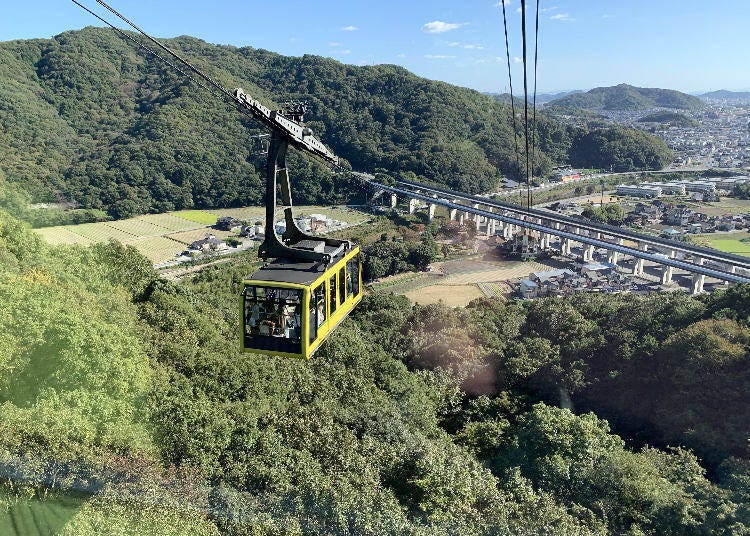
Mount Shosha, where Engyoji-ji Temple is located, stands 371 meters above sea level. While walking to the temple is possible, we decided to use the Shosha Ropeway from Sanroku Station to Yamagami Station. You can get to the Shosha Ropeway in 30 minutes by bus from Himeji Station. It is the final stop.
This location is also famous for its autumn foliage. In November, the entire surface of the mountain is dyed in beautiful reds and yellows. By taking this 4-minute walk on air, you can get a panoramic view of Himeji City and the Seto Inland Sea. The ropeway fee is 600 yen one-way, or 1,000 yen round-trip.
What Kind of Place is Engyo-ji Temple?
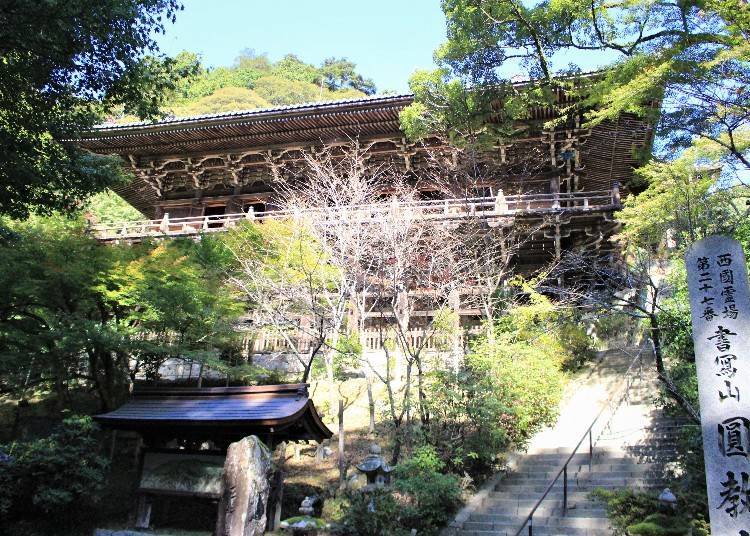
Shoshazan Engyo-ji is a Tendai Buddhist temple and training dojo established by Shoku Shonin in the year 966. It is the 27th stop along the path of 33 Sacred Temples of the Saigoku Kannon Pilgrimage and sometimes referred to as "Mount Hiei of the West."
Maniden is the powerful main shrine, built protruding from the mountains. Just like the main halls of Kiyomizu-dera Temple, it is characterized by an architectural method called "butai-zukuri" (literally, "stage construction") used to construct buildings over lakes and cliffs in which the floors underneath the building are supported by long pillars.
It is said that before building the temple, Shoku Shonin saw a heavenly being in the cherry trees, which lead him to carve a statue of the goddess Kannon in the roots of the tree. This set the foundation for butai-zukuri in the middle of Iwayama.

The way to Mitsu-no-Do, or the Three Halls, is a mountain path through the trees behind the Maniden, which gives off plenty of negative ions. You will also encounter a 700-year-old giant cedar tree towering towards the sky. This huge tree, standing at the height of 35m with a trunk width of 8.4m, seems to have a power of its very own.
Filming Location for “The Last Samurai"
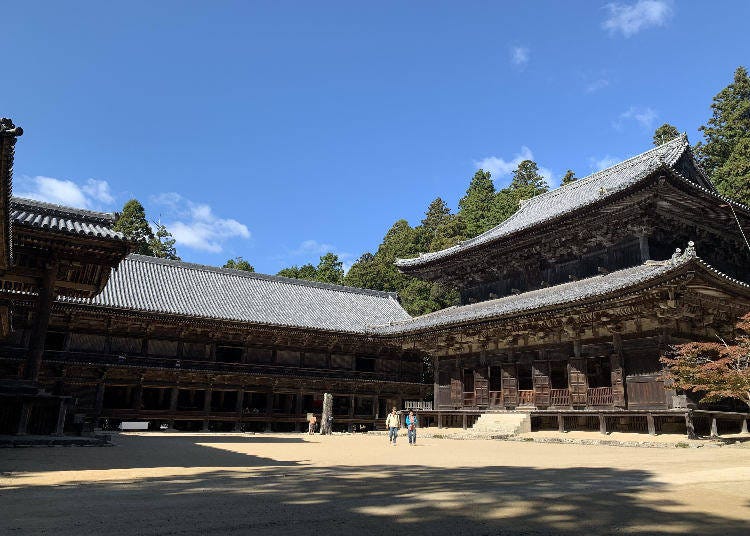
Up the hill to the side of the giant cedar tree lie the three temples of Mitsu-no-Do, a famous filming spot for movies and dramas. The large temples sitting on the top of the mountain is a spectacular view.
The movie “The Last Samurai” brought the world of Shoshazan Engyo-ji into the spotlight. Many shots were filmed right around the three temples of Mitsu-no-Do. The scene where Tom Cruise and Ken Watanabe exchanged greetings was filmed in Jogyodo, one of these three halls.
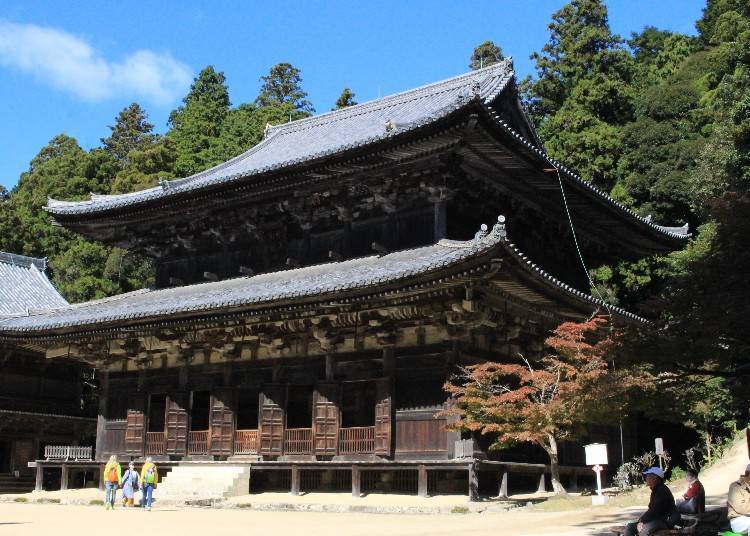
Daikodo, or the Great Lecture Hall, is the main hall Engyo-ji where a statue of the "shaka-sanzon" Buddha trinity is enshrined. It is a place where monks study and train. The building you see today was rebuilt in the mid-Muromachi period.

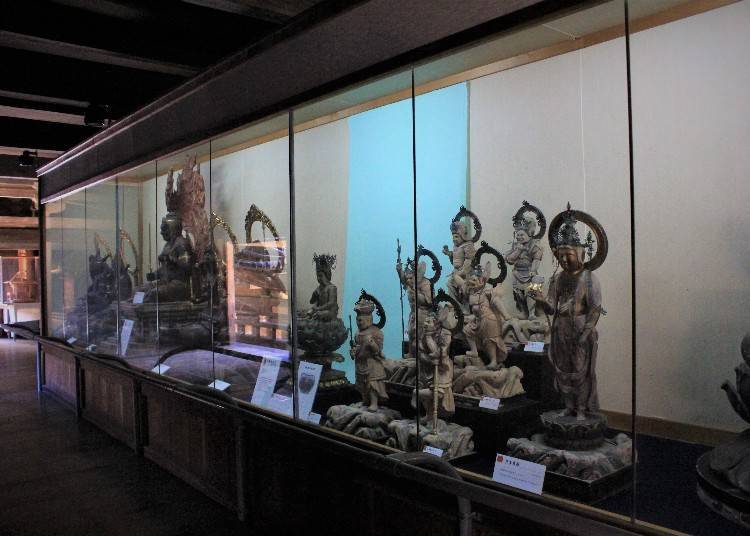
The Jikido (formerly a cafeteria for monks) was built on the request of Emperor Go-Shirakawa. The current building was also from the Muromachi Period and a place where the monks lived and studied.
On the first floor of Jikido, you can experience "shakyo" or sutra copying. On the second floor, you can see displays of Buddhist statues and other treasures of Engyo-ji.

The current Jogyodo building is from the Muromachi Period. This temple is dedicated to Amida Nyorai (Amitabha Buddha) and was a dojo where the monks practiced "jogyozanmai" (a meditation practice in which they walked around the main shrine chanting the name of Amida).
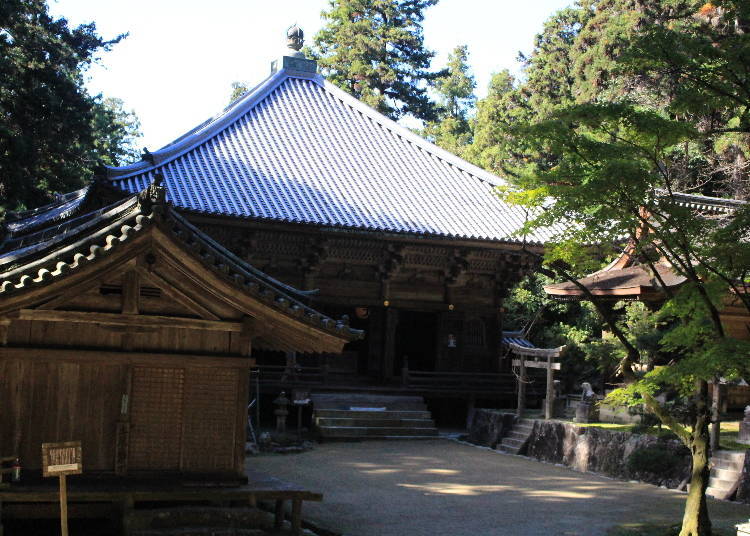
Further behind the Three Halls is Oku-no-In, or the inner sanctuary. This is where you will find Goho-do and Kaizan-do, the two small shrines where snow scenes were filmed. They say that it took a whole week to prepare the snow that they would use.
It was established in 1007 to enshrine Shoku Shonin by one of his disciples after he had passed away. Work has been carried out by the monks every morning and evening to this day to keep the Light of Buddhism alive.
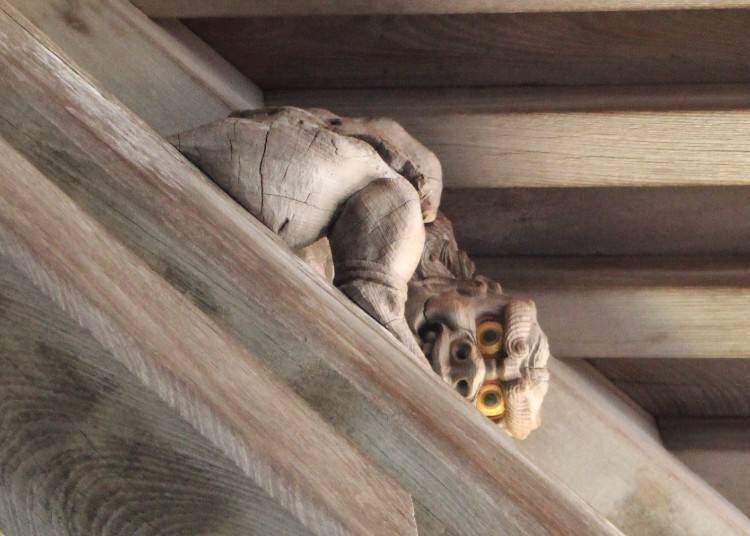
Also, take note of the statue of Rikishi (an ancient Buddha guardian) supporting the roof. It was said to have been built by the artist Hidari Jingoro and is a masterpiece of the Edo Period. One famous legend states that the guardian sculpture under one of the four corners under the eaves ran away due to the crushing pressure of the weight.
Experience Zazen Meditation and Sutra Copying!
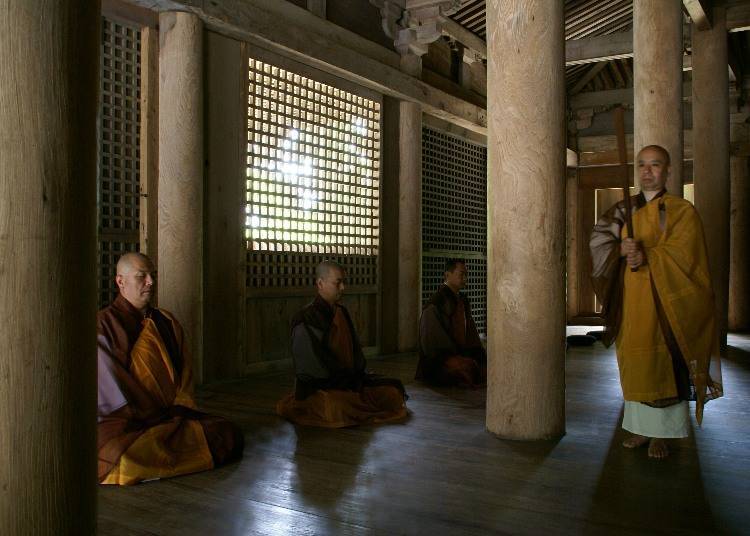
You can experience zazen meditation for yourself at the Jogyodo. In this historic temple, you will sit in complete silence, legs crossed, and correct your posture. It is a memorable experience where you can leave behind your cares of the world for a moment of peace and detachment.
・Event Date: Year-round (From 2:00 PM)
・Time Required: About 1 hour
・Capacity: 1 to 4 people
・Price: 1,000 yen
・Reservations must be made 3 days in advance
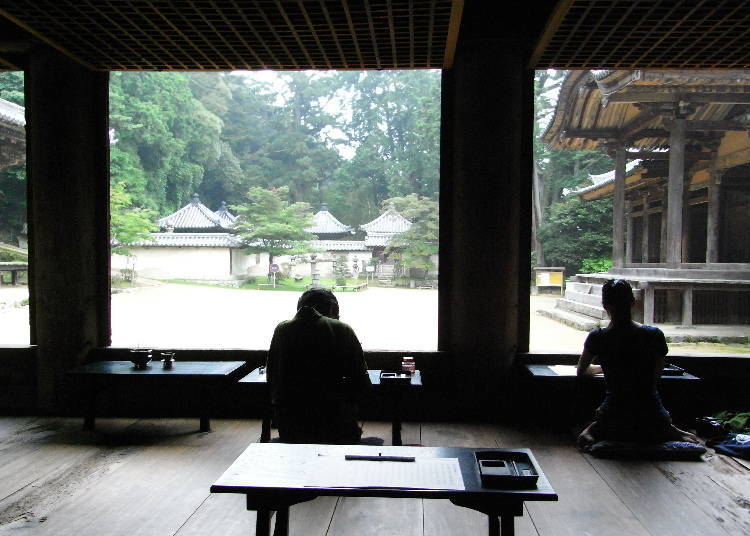
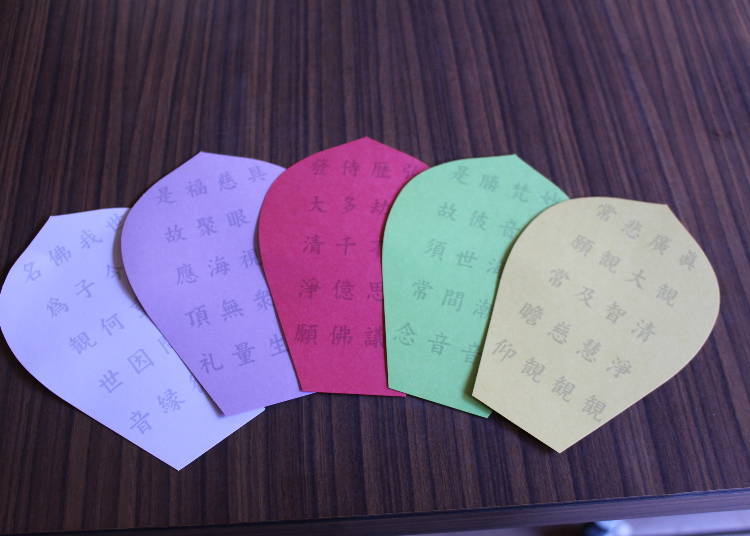
You can experience shakyo, or sutra copying, in the Jikido. Shakyo is an activity in which you copy sutra sentences by hand, said to help calm your mains and heal your heart.
You can choose from two types of courses: the authentic Hannya-shingyo course, or the more simple Hanabira-shakyo course. Although some of the kanji may be difficult, do not worry. You will be able to practice with a draft and can write the sentences one character at a time.
・Event Date: Any time
・Time Required: Hannya-shingyo: 1 hour; Hanabira-shakyo: About 10 minutes
・Capacity: 1 to 40 people
・Price: Price: Hannya-shingyo: 1,000 yen; Hanabira-shakyo: 300 yen
・Reservations not required
Try Shojin-Ryori, Traditional Buddhist Cuisine
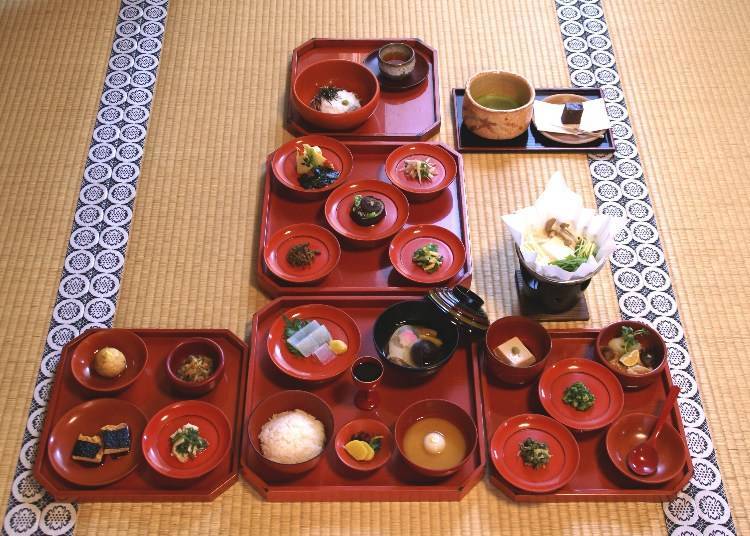
You can try Shojin-ryori dishes at Juryoin temple, located along the way from the Niomon Gate to Maniden. Shojin-ryori is traditional Buddhist cuisine cooked based on strict Buddhist dietary rules. These meals are prepared with no animal products, using only vegetables and grains.
These arranged Shojin-ryori dishes are served on beautiful Shosha lacquerware. You can have a relaxing time in this relaxing space while enjoying a modernized meal arrangement based on Engyo-ji Temple's own cuisine menu.
・Event Date: April to November
・Reservations: 5 people or more, main menu dishes only (reservation required 3 days in advance)
・Closed: Thursdays
・Price: 5,000 yen - 10,000 yen (tax not included)
・Reservations: 079-266-3553
This great, historic temple located right on the mountain top is a beautiful place in which you can not only clear your mind but enjoy various experiences. Pay a visit, and create some valuable memories for yourself that can only be found at this temple.
-
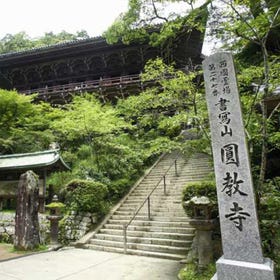
-
Address
2968, Shosha, Himeji-shi, Hyogo, 671-2201
View Map -
Nearest Station
Himeji Station (JR Kobe Line / JR Kishin Line / JR San-yo Line / JR Bantan Line)
- Phone Number 079-266-3327
-
Address
2968, Shosha, Himeji-shi, Hyogo, 671-2201
Text by:WESTPLAN
- Area
- Category
*Prices and options mentioned are subject to change.
*Unless stated otherwise, all prices include tax.
Limited time offer: 10% discount coupons available now!
Recommended places for you
-
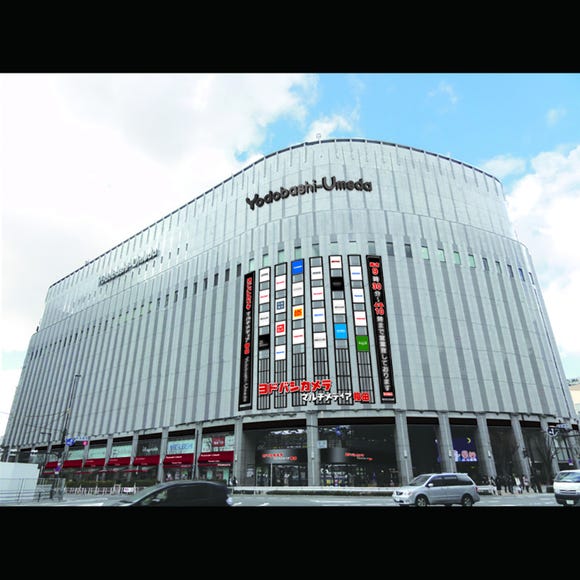
Yodobashi Camera Multimedia Umeda Store
Shopping Malls
Umeda, Osaka Station, Kitashinchi
-
Goods

Yoshida Gennojo-Roho Kyoto Buddhist Altars
Gift Shops
Nijo Castle, Kyoto Imperial Palace
-
Menu
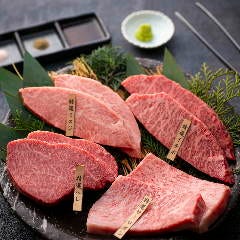
ISHIDAYA Hanare
Yakiniku
Kobe, Sannomiya, Kitano
-

Jukuseiniku-to Namamottsuarera Nikubaru Italian Nikutaria Sannomiya
Izakaya
Kobe, Sannomiya, Kitano
-
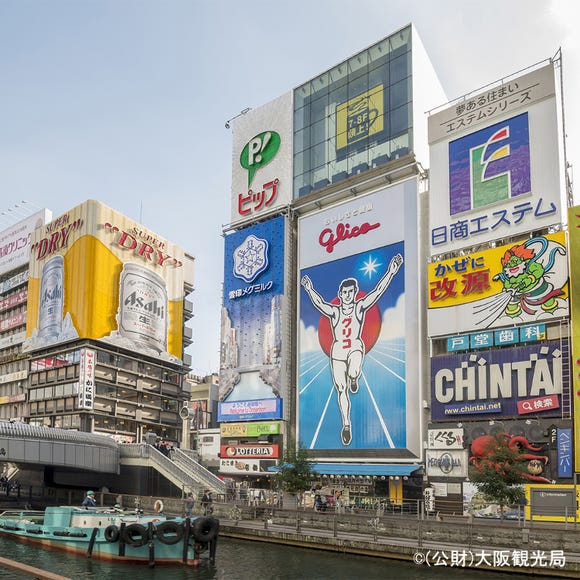
Dotonbori
Other Sightseeing
Namba, Dotonbori, Shinsaibashi
-

Kamesushi Sohonten
Sushi
Umeda, Osaka Station, Kitashinchi
-
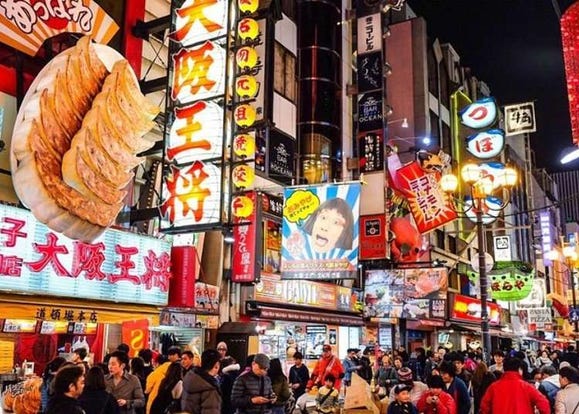
14 Unique & Fun Osaka Food Tours to Enjoy in 2024
-
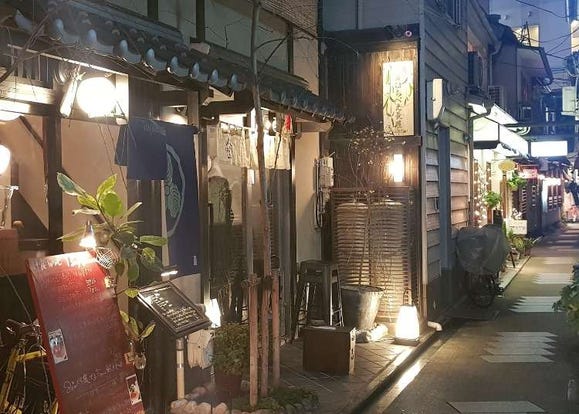
13 Unique & Fun Kyoto Food Tours to Enjoy in 2024
-
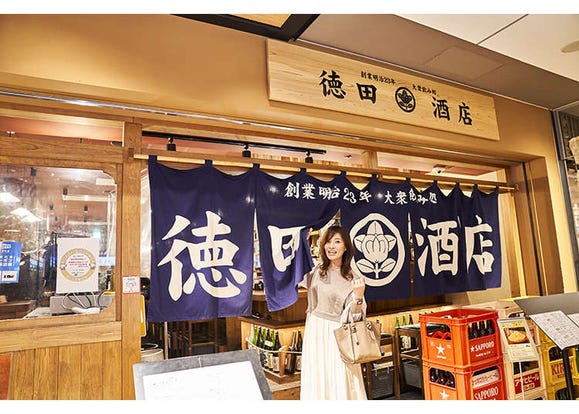
Enjoy the Enchanting World of Osaka Station City: Solo-Friendly Bar-Hopping!
-
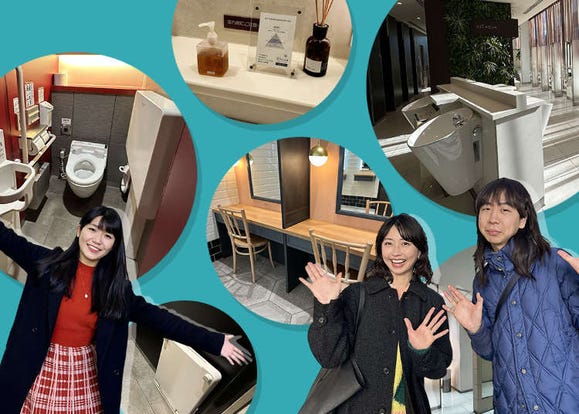
Comfy Toilet Map for Osaka Station: Can You Get Around with a Stroller? Are There Clean Powder Rooms?
-
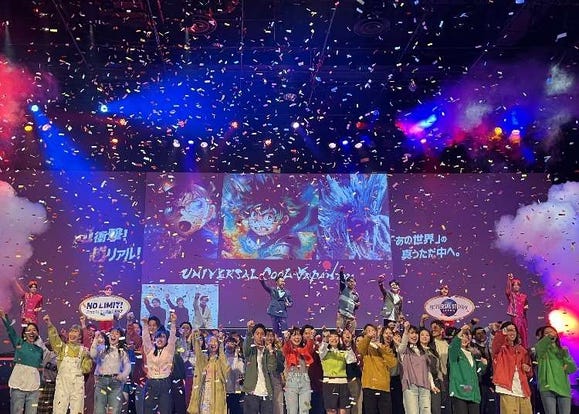
Make the Most of 'Universal Cool Japan' (2024 Guide) - Detective Conan, Monster Hunter & More
-
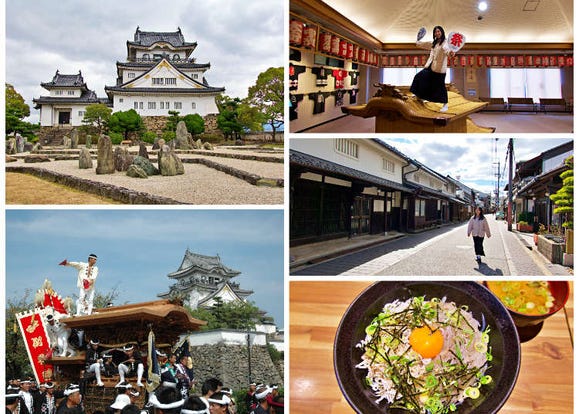
Sightseeing Guide to Kishiwada (Osaka): Danjiri Festival, Kishiwada Castle, and Other Fun Things to Do
-
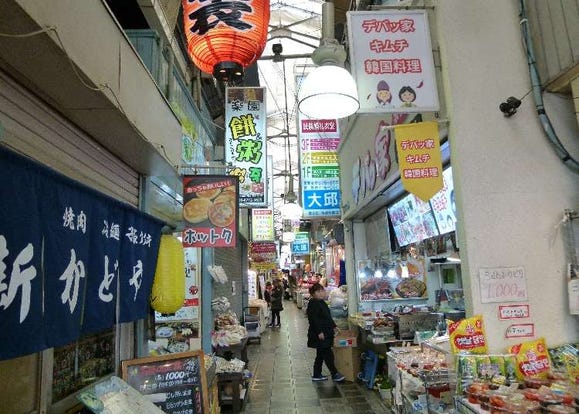
Osaka Koreatown: In Search of the Best Eats in the Korean Roots of Osaka's Tsuruhashi Market
-

Visiting Nara's Hasedera Temple: This 'Temple of Flowers' Is Home to Stunning Statues!
-
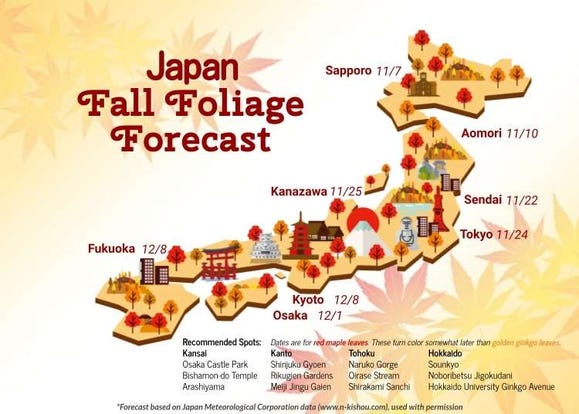
Autumn in Japan 2024: Fall Foliage Forecast & Where to Enjoy the Colorful Leaves (+Tour Info)
-
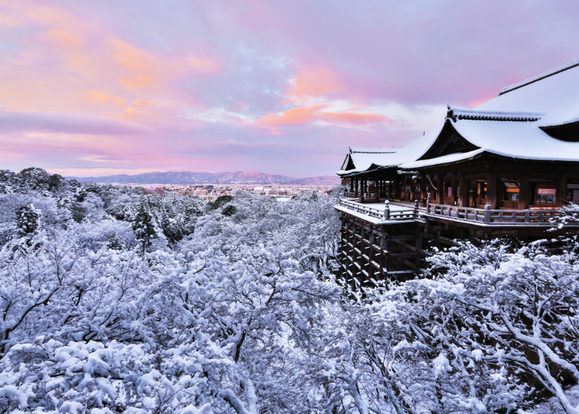
Beyond Stunning! Kyoto’s Most Gorgeous Temples Explored!
-
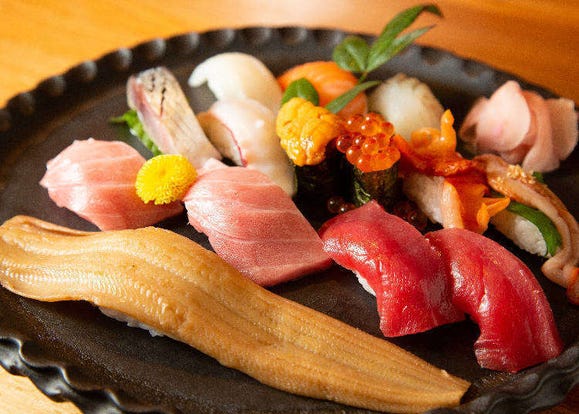
Top 3 Restaurants: Best Sushi in Dotonbori According to a Local Food Critic
-
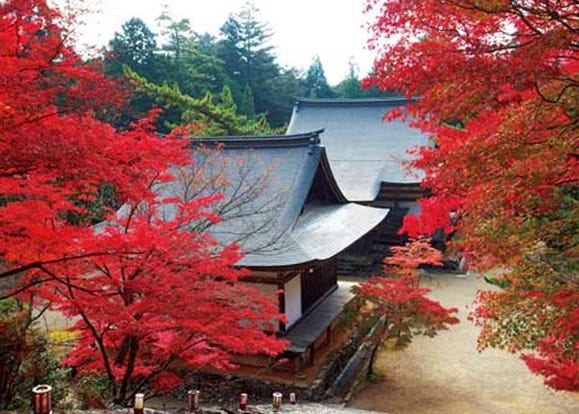
Japan Trip: 10 Most Popular Temples in Kyoto (October 2019 Ranking)
- #best gourmet Osaka
- #things to do Osaka
- #what to do in kyoto
- #what to bring to japan
- #best gourmet Kyoto
- #new years in Osaka
- #what to buy in nanba
- #Visiting Osaka
- #onsen tattoo friendly arima
- #daiso
- #Visiting Kyoto
- #best japanese soft drinks
- #japanese fashion culture
- #japanese convenience store snacks
- #japanese nail trends













